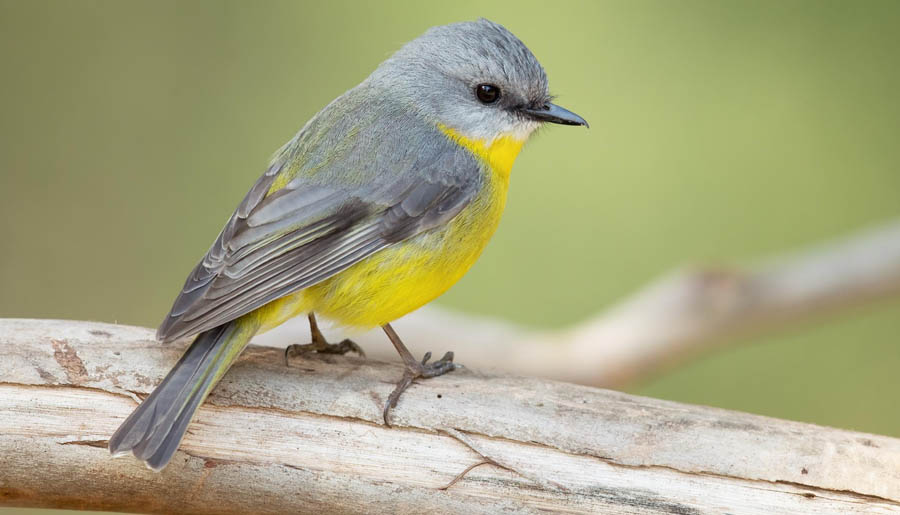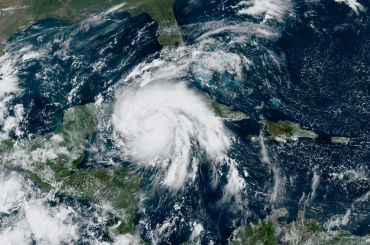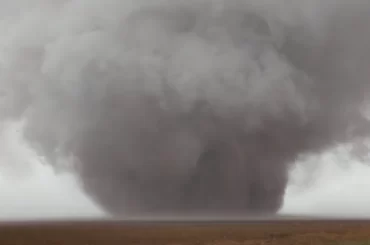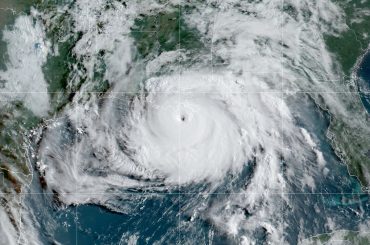Jennifer Toussaint, chief of animal control in Arlington, Virginia, can’t forget the four baby blue jays. In late May, worried residents had delivered the fledglings to her clinic just outside of Washington, D.C., within just a few hours. Each was plump, indicating “their parents had done a great job caring for them,” Toussaint says. But the birds were lethargic, unable to keep their balance, and blinded by crusty, oozing patches that had grown over their eyes.
Toussaint and her staff soon reached a gloomy diagnosis: the jays were the latest victims of a mysterious deadly disease that had emerged in their area just a few weeks earlier and had already killed countless wild birds. There was no known treatment, so they euthanized the jays. “It was difficult to feel so helpless,” Toussaint recalls.
Others are sharing Toussaint’s frustration. Since May, when the illness was first recognized in and around Washington, D.C., researchers have documented hundreds of cases in at least a dozen species of birds in nine eastern and midwestern states. State, federal, and academic scientists are hunting for clues to a cause in bird carcasses and the environment. Last week, they reported some modest progress: Studies have ruled out a number of agents known to cause mass mortality in birds, including Salmonella bacteria, several families of viruses, and Trichomonas parasites.
“Learning what isn’t the cause can be just as helpful as learning what it is,” Toussaint says. But it also means “We’re still scratching our heads on this one,” says wildlife epidemiologist David Stallknecht, director of the Southeastern Cooperative Wildlife Disease Study at the University of Georgia, Athens, which is involved in the effort.
Despite the uncertainty, researchers are beginning to get a clearer picture of the outbreak, thanks in part to thousands of people who have responded to calls from government agencies and scientists to report sick or dead birds. Not all species, for example, appear to be at high risk. “It’s been quite species specific,” says veterinarian Megan Kirchgessner of the Virginia Department of Wildlife Resources. So far, most cases involve just four species—common grackles, blue jays, American robins, and European starlings—according to a 2 July statement from the U.S. Geological Survey’s National Wildlife Health Center. Young birds appear to be especially susceptible.
Those demographics could change as more data come in, especially from rural areas that so far have produced few observations, says Allisyn-Marie Gillet, Indiana’s state ornithologist. At this point, the outbreak doesn’t appear to pose a serious threat to bird populations, researchers say. Still, they are watching to see whether its geographic scope expands; reports of sick birds now stretch west to Indiana and Kentucky and north to Pennsylvania.
The geography suggested one suspect. In May and June, portions of the outbreak area saw the emergence of billions of periodical cicadas, members of the 17-year Brood X. Birds feast on cicadas, prompting some researchers to wonder whether the outbreak might be linked to the insects. Cicadas spend most of their lives underground, where they may have accumulated pesticides or other contaminants. A type of fungus called Massospora that infects cicada broods might also play a role; one Massospora species produces compounds that alter the behavior of cicadas, perhaps to increase its spread. But the cicadas appear to be blameless. Birds tend to avoid eating fungus-ridden cicadas, and sick birds have been observed in areas where cicadas were rare. “It does not look like it’s a match,” says Brian Evans, a migratory bird ecologist with the Smithsonian’s National Zoo and Conservation Biology Institute.
Researchers note that mass bird mortalities are not uncommon, especially among species that form dense flocks or gather at feeders. In the mid-1990s, bird watchers in the eastern United States noticed that house finches, a common introduced songbird, were dying in relatively large numbers from an illness characterized by swollen and encrusted eyes. Researchers ultimately determined the cause was a bacterium, Mycoplasma gallisepticum, that had likely spread from domestic poultry. Over the past few decades, researchers have also tracked outbreaks of West Nile virus, avian influenza, and Salmonella that caused noticeable kills.
Many of those suspects have been ruled out in this case, according to the 2 July statement. But researchers continue to look at other possibilities. They are using electron microscopy to examine tissues for telltale damage, for example, and employing a battery of tests to detect suspect microbes, viruses, parasites, and chemical pollutants.
Many of the dead birds that have been tested were infected with Mycoplasma bacteria. That is not uncommon, Evans says, but the bacterium has evolved to become more infectious and deadly, and it might be playing a role in the current outbreak. “In terms of mycoplasma this might be something new,” he says. Others, however, are skeptical, noting Mycoplasma rarely affects fledglings.
In the meantime, officials in several states told Science there are signs that the outbreak might be easing. In Virginia, for example, “the number of birds being brought to rehab centers is starting to decline,” Kirchgessner says, and Toussaint’s clinic recently had multiple days with no admissions of symptomatic birds. Until the outbreak ends, however, officials are asking bird lovers to take steps that could slow the spread of any disease, including burying dead birds and taking down feeders where birds congregate.
Sources: https://www.sciencemag.org/news/2021/07/songbirds-are-mysteriously-dying-across-eastern-us-scientists-are-scrambling-find-out





